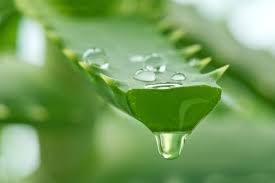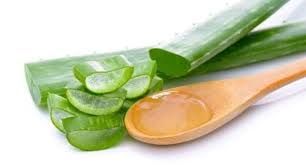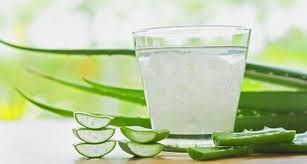Aloe vera active ingredients and their functions
Aloe vera contains several biologically active constituents, including vitamins, minerals, saccharides, amino acids, anthraquinones, enzymes, lignins, saponins, and salicylic acids. In addition, Aloe vera contains products of the isoprenoid pathway, such as carotenoids, steroids, terpenes, and phytosterols and some essential amino acids/nonessential amino acids and enzymes, such as bradykinase, carboxypeptidase, cyclooxygenase, and carboxypeptidas.
Mechanism of action in aloe vera disease prevention
Aloe vera is a useful plant in alternative medicine and has a long history of use in traditional medicine for curing diseases due its ability to modulate various biological activities. Several active constituents have been identified in Aloe vera, and most of them have therapeutic implications for disease prevention and treatment through the modulation of various biological and genetic activities. The possible mechanisms of actions of Aloe vera are described as follows:
- Aloe vera and its constituents such as aloe emodin (AE), aloin (barbaloin), anthracene, and emodin are relevant to cancer prevention owing to the activation and inactivation of molecular pathways associated with them.
- Aloe vera also appears to function as an antioxidant through free radical- and superoxide radical-scavenging activities and anti-inflammatory activities via inhibition of prostaglandin E2 production from arachidonic acid and also inhibition of various transcription factors and the activities of enzymes including lypoxygenase and cyclooxygenase.


